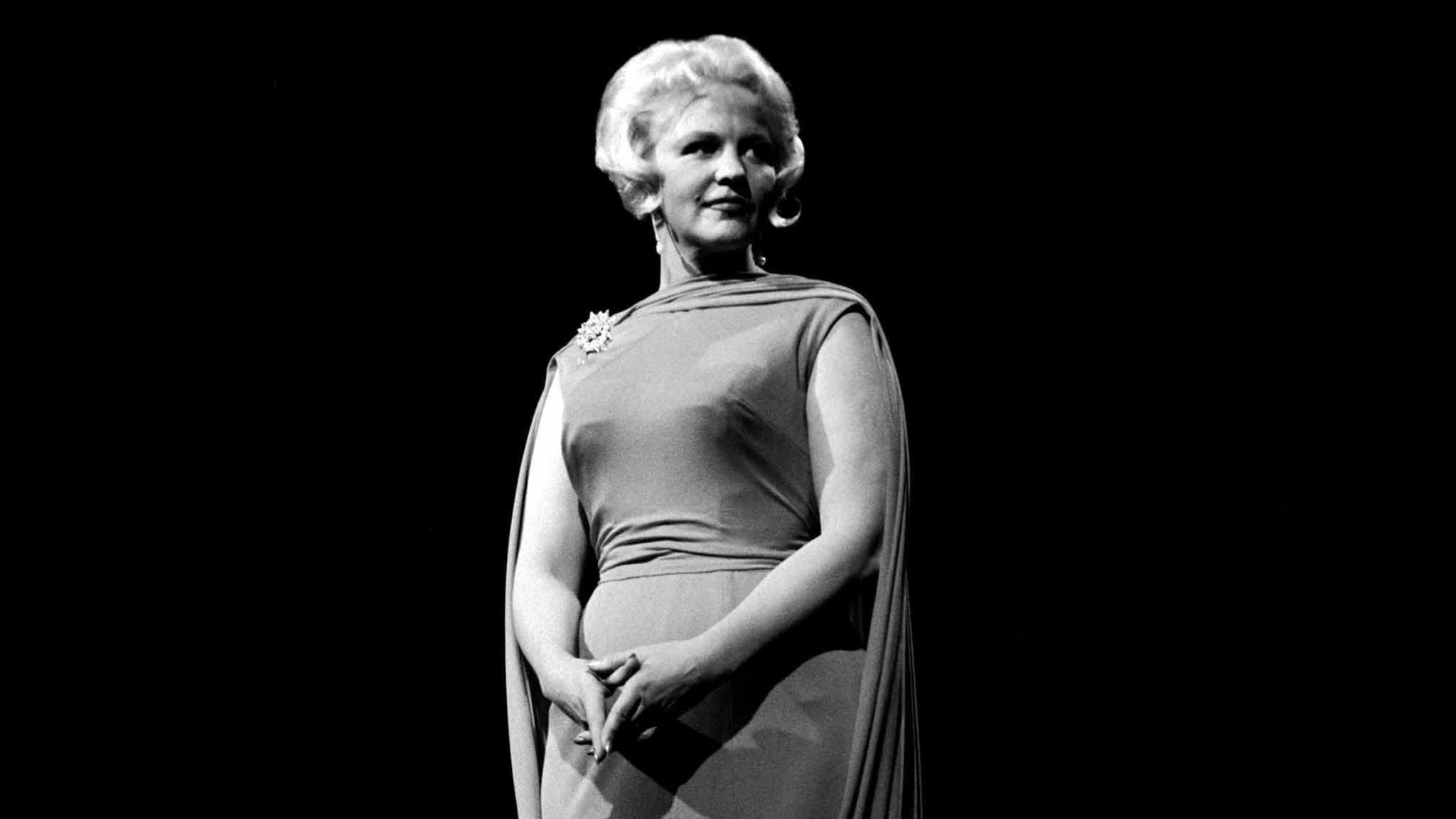The idea of love as a sickness is well established in literature and music. As Shakespeare observed in Sonnet 147, “My love is as a fever, longing still/For that which longer nurseth the disease.” In popular music, that notion arguably reached its apogee in the sultry smoulder of that perennial torch-song classic, “Fever”.
Yet the song was no great shakes when it first appeared. Co-written by Eddie Cooley and future Elvis Presley songwriter Otis Blackwell, it was merely a slick, proficient cut of routine rhythm and blues when it was sung in 1956 by early rock-and-roller Little Willie John, who later died in prison, aged 30, while doing time for manslaughter.
John’s version sold a million copies, but it was jazz singer Peggy Lee, in 1958, who radically reinvented “Fever” and turned it into a febrile shimmer of desire. Taking the song into a Hollywood studio, Lee made it a sumptuous exercise in insatiable yearning.
Gone were Little Willie John’s gritty R&B and jaunty brass parps. Lee’s lush yet minimalist “Fever” opened with heartbeat-like throbs of grainy double bass, courtesy of jazz bassist Joe Mondragon, and metronomic finger-clicks. Nothing was spare, or superfluous, as Lee strove to capture the irreducible ache of love’s sweet sorrow.
She introduced sex to the song, and she introduced humour. The original lyrics to “Fever” have a stark directness – “You give me fever when you kiss me, fever when you hold me tight” – but Lee added teasing references to Romeo & Juliet (“Fever, yeah, I burn forsooth”) and Pocahontas which turned them into an exquisite flirtation.
Suddenly, the tune sounded the way infatuation feels. It was erotic, fixated, obsessive, a torrid tour de force. Lee’s outbreak of “Fever” went Top 10 in the US and UK, and its beguiling wiles have been seducing artists into cover versions ever since.
Elvis’scurled-lip 1960 swagger through the song cleaved closely to the Peggy Lee template, his voice similarly swathed in echo. In the following few years, Swedish siren Ann-Margretand British teenager Helen Shapiro filtered it through icy Scandinavian cool and gauche, wide-eyed enthusiasm respectively.
“Fever” became a rite of passage for Sixties artists, with Paul Revere & the Raiders, the McCoys, Ben E King, Chubby Checker, Dion and the impeccable Sarah Vaughanall succumbing to its wanton charms. In 1967, James Brownimbued it with sexual menace: from his lips, “Listen to me baby, hear every word I say” sounded like a threat.
“Fever” is the kind of song that makes artists up their game. Suzi Quatro’s1975 take eschewed her usual cartoon rock and roll; Boney M put aside the cod calypso. Post-punk icons The Crampsladled their rockabilly gothic-camp shtick all over it in a loving homage in 1980.
The Jam’s1982 B-side cover was stymied by the fact that Paul Weller is nobody’s idea of a carnal lover man. Salvador Dalí’s one-time muse Amanda Lear’s electropop version became a gay-club staple; a gruff Joe Cocker bellowed it like a tramp on a park bench.
Madonna’scheesy 1992 house-pop mugging of “Fever” was grim, with the singer sounding thin-voiced and uptight: control freakery is rarely sexy. Far stronger versions have since been recorded by Eva Cassidy, Michael Bubléand Shirley Bassey. Even Bette Midler’s big-band mugging was, for her, relatively restrained.
In 2010, a scantily-clad Beyoncé gasped her way through “Fever” for a perfume ad that was banned from UK daytime TV. It felt fitting, as if this timeless, hyper-sensual anthem was as much to blame as the risqué visuals. "Fever, till you sizzle. What a lovely way to burn."
We’d like to hear from our readers. Which version of ‘Fever’ do you think is best? Let us know in the comments below.
‘The Life of a Song: The fascinating stories behind 50 of the world’s best-loved songs’, edited by David Cheal and Jan Dalley, is published by Brewer’s.
Music credits: Roslin Records, The restoration project, RCA/Legacy, Hallmark, Columbia/Legacy, Soul City Blues, 2015 Imex Media, UMC (Universal Music Catalogue), Chrysalis Records, Capitol Catalog, UMC (Universal Music Catalogue), Sire/Warner Bros., Blix Street Records, 143/Reprise, RCA Records Label
Picture: Paul W Bailey/NBC/NBCU Photo Bank via Getty Images
